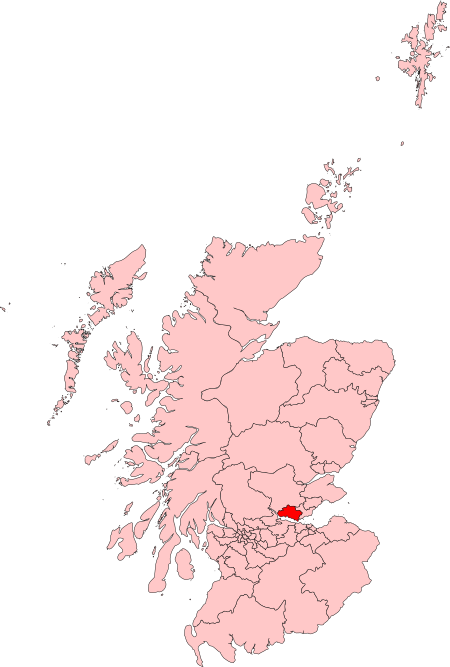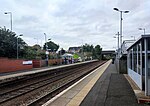Dunfermline and West Fife (UK Parliament constituency)

Dunfermline and West Fife is a county constituency represented in the House of Commons of the Parliament of the United Kingdom. It was created for the 2005 general election from all of the old Dunfermline West and parts of the old Dunfermline East constituencies. The current MP is Douglas Chapman of the Scottish National Party (SNP). The Dunfermline and West Fife by-election was held in early 2006, due to the death of the sitting MP, Rachel Squire. Willie Rennie of the Liberal Democrats was the surprise winner, by some 1,800 votes, in what was seen as a safe Labour seat. However, he lost the seat to Labour's Thomas Docherty at the 2010 general election. Chapman then won the seat in the SNP's Scottish landslide in the 2015 general election.Further to the completion of the 2023 Periodic Review of Westminster constituencies, the seat will be subject to boundary changes which will include the small town of Dollar in Clackmannanshire. As a consequence, it will be renamed Dunfermline and Dollar, to be first contested at the next general election.
Excerpt from the Wikipedia article Dunfermline and West Fife (UK Parliament constituency) (License: CC BY-SA 3.0, Authors, Images).Dunfermline and West Fife (UK Parliament constituency)
Willow Grove, Dunfermline Brucefield
Geographical coordinates (GPS) Address Nearby Places Show on map
Geographical coordinates (GPS)
| Latitude | Longitude |
|---|---|
| N 56.057 ° | E -3.43 ° |
Address
Willow Grove
Willow Grove
KY11 8BB Dunfermline, Brucefield
Scotland, United Kingdom
Open on Google Maps








